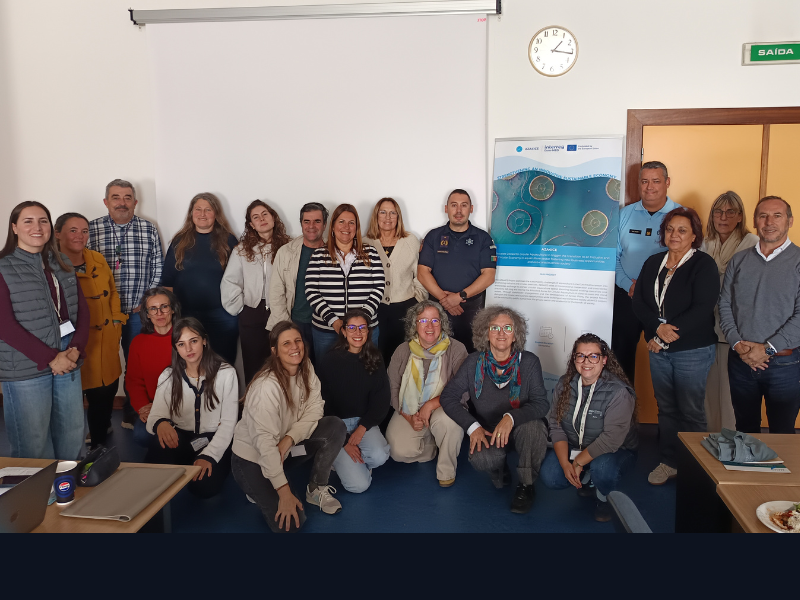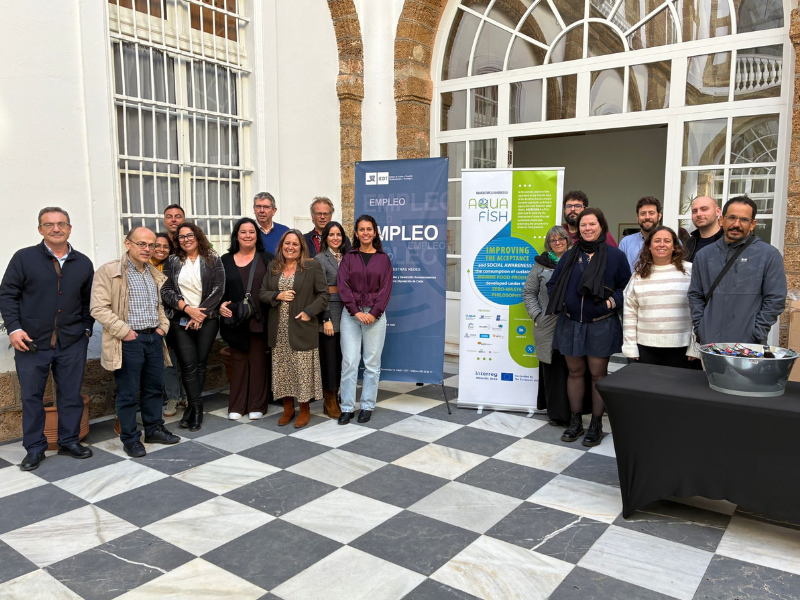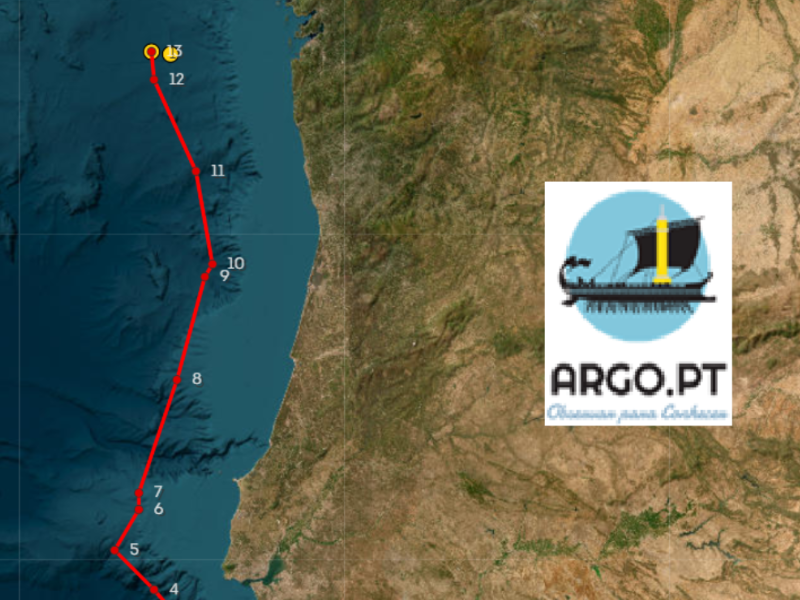News
-
AZA4ICE project
-
Participation of IPMA
-
Argo Program
Climate
Climate | Normals | Heat wave | Variability | Rainfall variability
Understanding the climate of a region is essential to plan and manage social and economic activities and also to mitigate the impacts of climatic risks.
The word climate comes from a Greek term for an Earth zone limited by two latitudes, and was associated to the inclination of sunbeams and, by extension, to the prevailing weather features.
In broad sense, climate is the synthesis of both weather and our expectation on weather conditions. This is, in the essence, the notion that should be retained. Scientifically, the attributes of the definition should be established in quantitative terms since, in climate, phenomena matter according to their duration or persistence, to their repetition, and are characterised through mean values, variance, and probability of occurrence of extreme values of the climatic parameters.
Confusion often occurs between the concepts of climate and weather, two magnitudes that differ, namely, in their time space reference. Simplifying the approach, it can be said that weather relates the meteorological conditions over a certain place, namely air temperature and humidity, precipitation, cloudiness, wind and their day-to-day evolution. On the other hand, climate can be defined as the collection of all states of the atmosphere that can occur over a certain place during a longer, but defined, period. This time interval, during which a type of climate can be said to exist, is chosen as "long enough", in general 30 years.
The climate of a given place depends on the time interval used and is not the same for one year, one decennium or one century. In the quantitative description of climate, it is necessary to indicate the period (time interval) to which the numerical values obtained correspond. In fact, climate varies with time, and so climates should not be compared by using values that correspond to time intervals with a different number of years or that correspond to the same number of years in different periods.
Through understanding climate in Portugal, which is responsibility of IPMA, it is possible to design responses, both at national and international level, to the challenges of climate change and variability, taking into account a new pattern for climate services, based on the point of view that economic decisions can benefit from a better knowledge of climate conditions.




